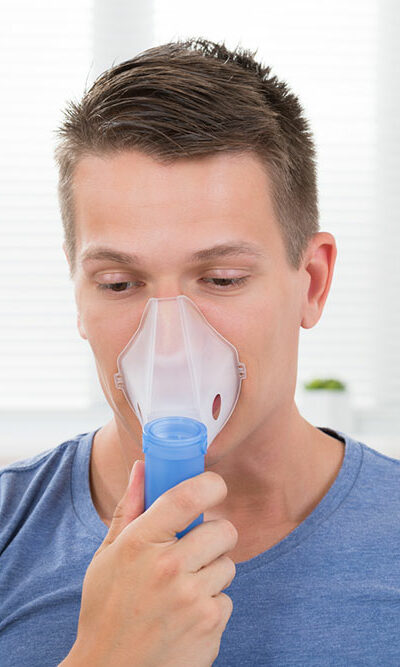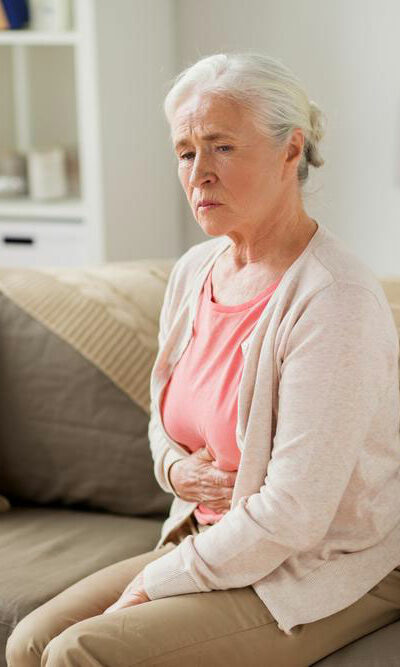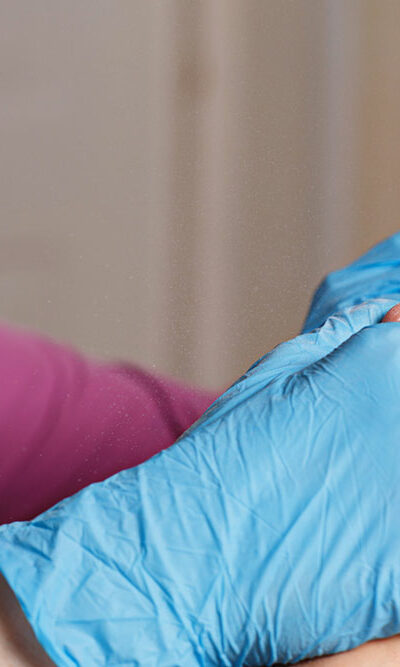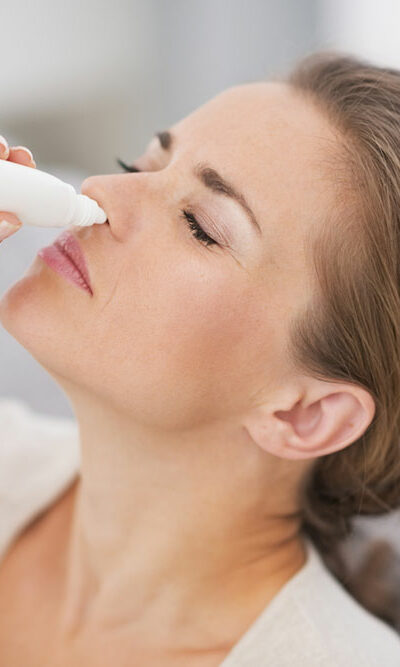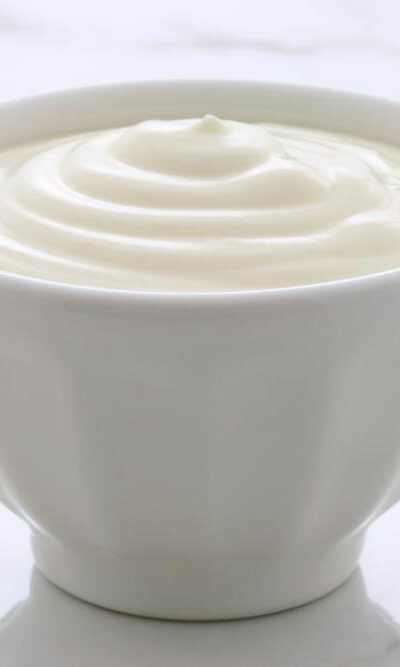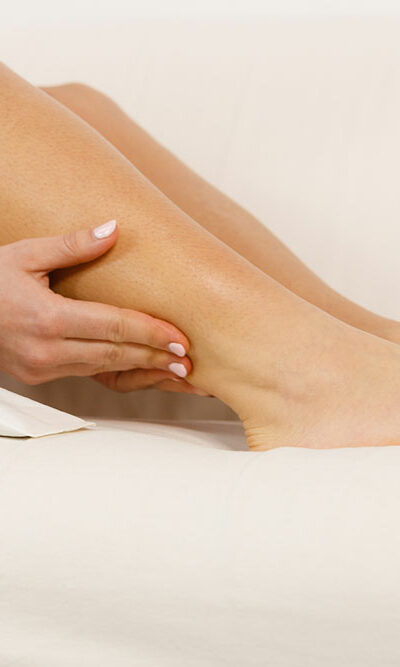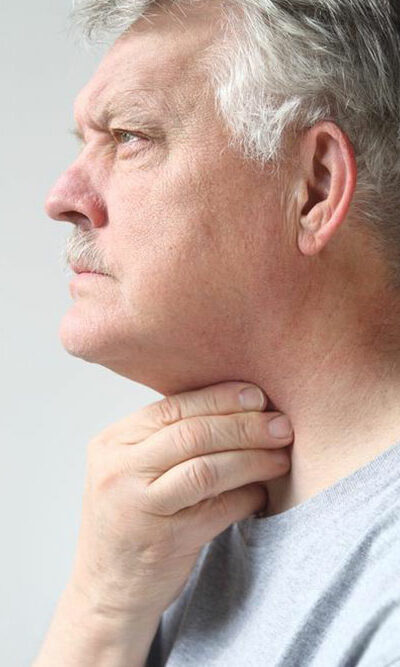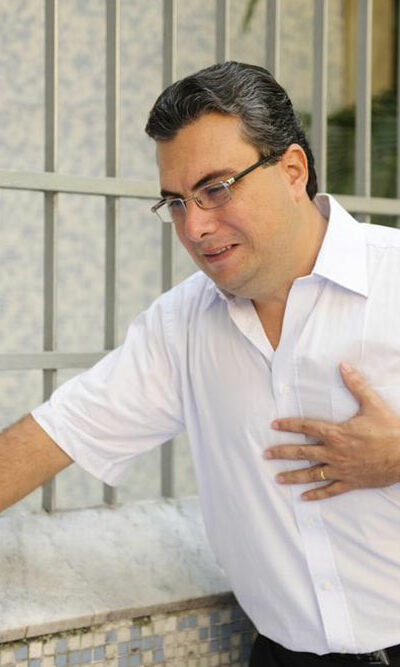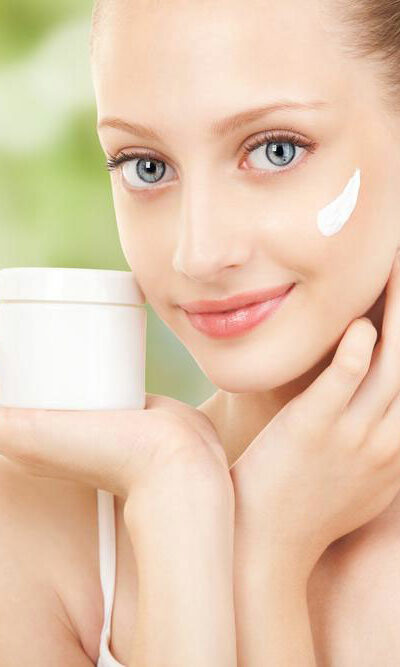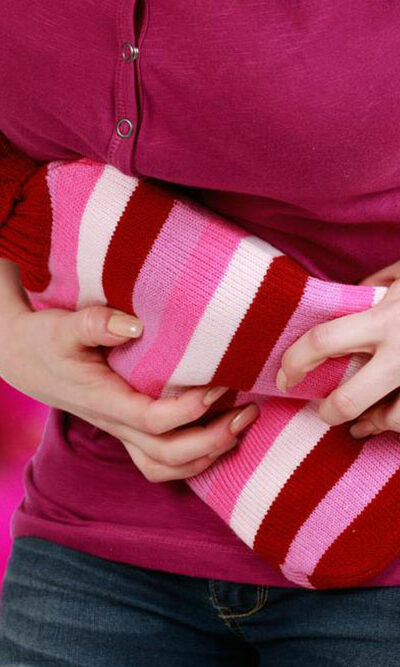
Effective Ways to Cure Urinary Tract Infection
Are you or someone you know suffering from urinary tract infection? Well, first, do not panic! This infection is common and curable. In some cases, just simple home remedies can treat it. Sometimes, medical attention is necessary to prevent further complications. However, it is always advisable to consult a doctor or a healthcare professional for the best treatment for UTI. A UTI (Urinary Tract Infection) is a bacterial infection of the urinary tract that is composed of urethra, kidneys, ureters, and bladder. This entire system is responsible for the process of urine formation and urine expulsion from the body. Hence, any infection in this system is bound to cause some physical uneasiness. The E. Coli (Escherichia coli) bacteria is the main reason behind most of the UTI cases. However, this infection is not contagious. Few causes of UTI The bacteria may reach the urinary tract while having sex. Also, using an unhygienic bathroom may cause this bacterial infection. Any person having kidney stones can suffer from this infection if the stones block the urinary tract. There is a high chance that people with diabetes get this infection as they do not have a strong immune system. If a person is going through medical treatments like urinary catheter, chemotherapy etc., UTI may occur. If someone keeps holding the urine for too long, chances of occurring UTI increase. Parkinson’s disease, injuries in the spinal cord, or any structural abnormalities in the genitourinary tract. The best treatment for UTI is only possible when it is diagnosed properly. According to various medical research reports, women get urinary tract infection more than men. It is because women’s urethra is shorter in size and it is located closer to the rectum. Signs and symptoms of UTI Here are some symptoms that will help you understand if you are suffering from the infection or not, and you can then consult a doctor to get the proper urinary tract infection treatment.
